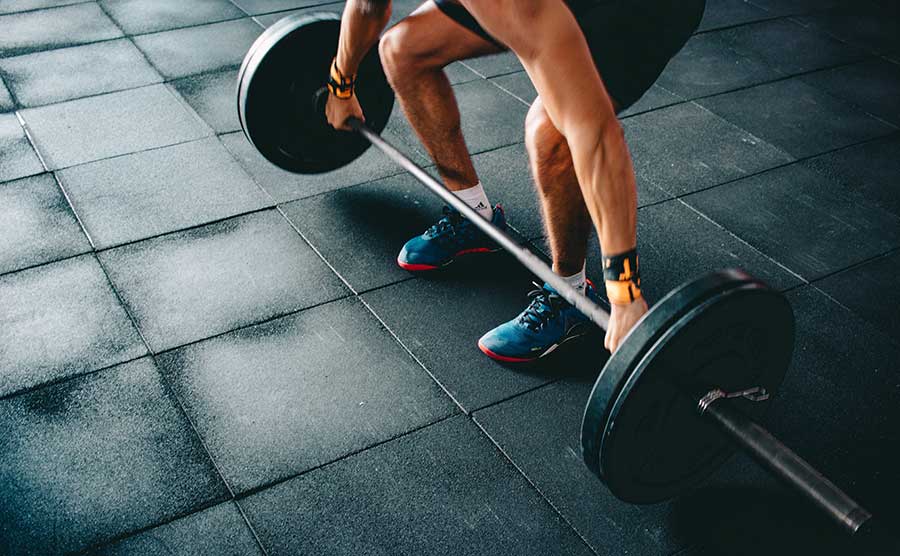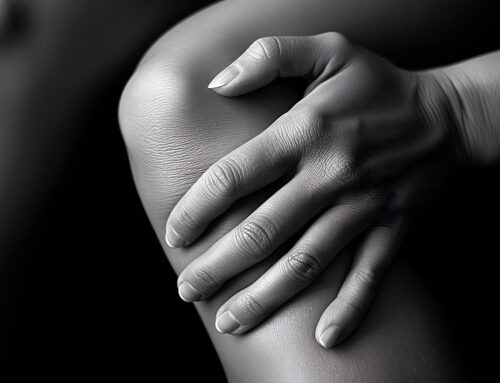Repetitive Lumbar Injury: Findings That Will Make You Rethink the Way You Train
There are many reasons why we get lower back pain. One obvious reason is when the spine is subjected to an excessive load that is beyond the tissue threshold. This is a “one event” type of injury. An example would be when you bend over to pick something up and feel immediate pain in your lower back. Another way we can hurt our lower back is when we expose it to repeated stresses, instead of just one major event. Termed Repetitive Lumbar Injury (RLI), this type of lower back pain is similar to many overuse injuries that occur elsewhere in the body. We repeatedly subject the tissue to loads and forces that won’t injure the tissue with one exposure, but after repeated exposures, the tissue breaks down. An interesting paper published in the Journal of Bodywork & Movement Therapies investigated this topic and how the spine responds to repeated loads. The results were interesting. In particular, they might cause some of us to rethink how we train at the gym or how we sequence our tasks at work!
How the Spine Responds to Repeated Loads
It should be noted before going any further that some of the research quoted here was performed on animal models (but not all of it). Perhaps that opens a broader question for a future blog as to whether or not we can extend these results to humans. Regardless, the results are interesting and provide a stimulus for challenging some of the ways we load our spine. The authors of the study found that when we repeatedly flex and extend the spine (bend forward and backward), we can get what is called tissue creep. This means that the cartilage between the vertebrae (the intervertebral disc) compresses down temporarily. An analogy would be when you sit in a leather chair, and it squishes down temporarily. This creates laxity in the supporting structures of the spine and as a result, temporary instability in the spine. What I found interesting in this study was also probably predictable. The cycles of movement with low load placed on the spine, low repetitions and a short duration of movement with plenty of rest showed a 5% amount of residual compression (creep). Conversely, the cycles of movement with high load, lots of repetitions and a large frequency (minimal breaks) showed between 25-35% of compression persisting in the disc.
The authors of the study helped us out and gave us a theory as to what this means with respect to lower back pain. After bending the spine forward and backward repeatedly, an inflammatory response can occur in the tissues that support the spine. As a result, tissue “creep” or deformation occurs which therefore changes the way the muscles activate in the area. From a tissue analysis, it was found that the study group under higher loads and greater frequency showed more inflammatory markers present in the tissue. On the contrary, the group training with lower loads showed a lower number (which technically didn’t constitute a true inflammatory response). In simpler terms, this study showed us that the more weight for a longer time repeated often with a short rest is a risk factor for back pain, all due to the way the spine inflames when subjected to certain forces.
How Can We Apply This Information
There are many ways we can apply this information to our day-to-day life. Lower back pain is complex and is affected by the various forces applied to the area. Lower back pain from weightlifting, sitting, bending, exercising are all examples of tasks that can be frequently linked to lower back pain and dysfunction. Perhaps it is worth mentioning that lower back pain is not solely governed by the forces acting on the spine but also the way the nervous system interprets these forces and manifests them in the tissues of the spine. At the same time, we can’t ignore the biomechanics. I for one might keep this study in mind when I’m working out. For example, if there’s a day that I feel particularly stiff or uncoordinated, or I’m uncertain as to whether my lower back is achy or not, I might question whether repeated heavy flexion and extension is a good idea. If I were to do this, I might ensure adequate rest between sets so that the inflammation isn’t as much of a factor and tissue creep is minimized. For some readers, this may compel you to think about the group fitness class that you`re participating in. Are they allowing adequate rest between cycles of heavy flexion and extension? (I’m not saying this is wrong, but maybe we should use research like this to stimulate critical thought around our training program and what our goals for exercise are). If your goal is to get in shape but with a priority of not getting hurt, you may choose to rest more often between high load/high-frequency flexion/extension exercises. We can’t feel tissue creep during activity. It is unlikely anyone can feel how this is affecting our neuromuscular control in the lumbar spine and pelvis. If in doubt, play it safe…preventing back pain is preferable to treating it!
Reference
Solomonow M, Zhou BH, Lu Y & King KB. Acute repetitive lumbar syndrome: A multi-component insight into the disorder. Journal of Bodywork & Movement Therapies 2012; 16: 134-147.








